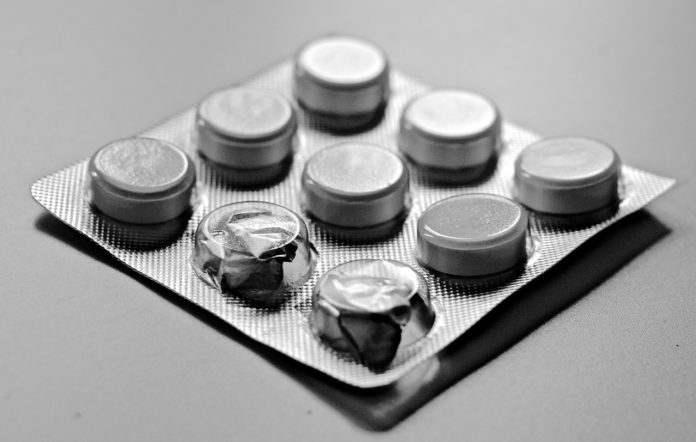Waste generated from the manufacture of pharmaceutical products is among the three main routes of their introduction into the environment
There are many ways in which organisms can be unduly exposed to antibiotics, leading to drug resistance. One of these is during the manufacture of the antibiotics when residues may be inadvertently released into the atmosphere through the waste.
To address this issue, the World Health Organisation has come up for the first time come up with a global guidance on waste water and solid waste management for manufacturing of antibiotics. The United Nations General Assembly (UNGA) High-Level Meeting on antimicrobial resistance (AMR) taking place on 26 September 2024. AMR refers to a situation when irrational use of antibiotics or other factors that cause pathogens to be exposed to antibiotics but in doses not sufficient to kill them, enabling them to develop mechanisms that can help them thwart the effects of these antibiotics.
“Pharmaceutical waste from antibiotic manufacturing can facilitate the emergence of new drug-resistant bacteria, which can spread globally and threaten our health. Controlling pollution from antibiotic production contributes to keeping these life-saving medicines effective for everyone,” said Dr Yukiko Nakatani, WHO Assistant Director-General for AMR ad interim.
Globally, there is a lack of accessible information on the environmental damage caused by manufacturing of medicines. “The guidance provides an independent and impartial scientific basis for regulators, procurers, inspectors, and industry themselves to include robust antibiotic pollution control in their standards,” said Dr Maria Neira, Director, Department of Environment, Climate Change and Health, WHO. “Critically, the strong focus on transparency will equip buyers, investors and the general public to make decisions that account for manufacturers’ efforts to control antibiotic pollution.”
Waste generated from the manufacture of pharmaceutical products is among the three main routes of their introduction into the environment. According to a 2022 paper in the Journal of Water Processing Engineering: “The main entry routes of pharmaceutical residues (including antibiotics) into the aquatic environment are excretions after use, poor disposal of unused medicines and the waste generated after their production. From the routes of entry, they arrive to the waste water treatment plants.”


